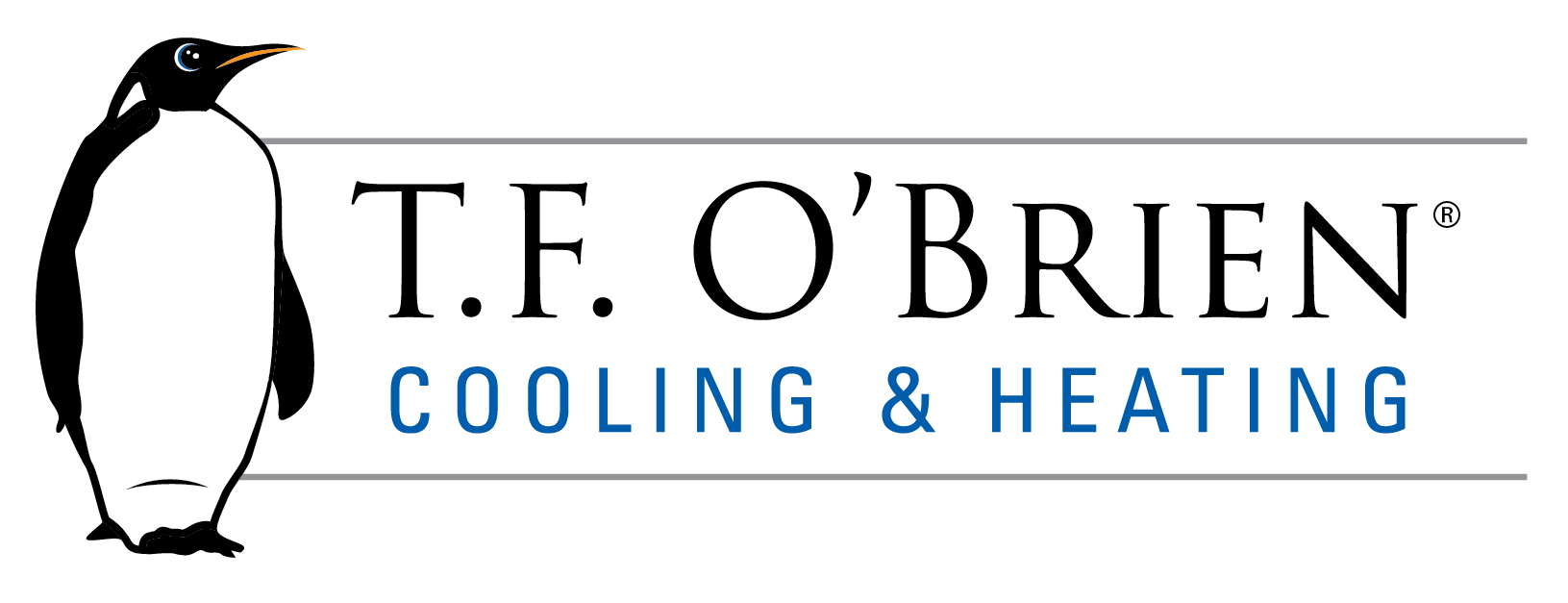When we talk about furnaces, which is apt to happen this time of year, you hear the word “coefficiency” a lot. The value of having and maintaining high efficiency furnaces is clear; they function longer and cost less.
However, even the highest efficiency furnace comes with the same potential issue many heating and cooling mechanisms have: how to manage the excess water that results from normal furnace operation. As water continues to rise and fill the pan, it doesn’t take long to realize this could really cause problems for the furnace, and the home.
A few options:
- Purchase a high efficiency furnace with a built-in condensate pump
- Continue using tubes and hoses to drain excess water
- Purchase and install a condensate pump
Purchasing a new furnace can be costly and unnecessary if excess water is your sole concern. Getting rid of the tubes and hoses is always a good idea, of course.
So, that leaves us with installing a condensate pump as the better option. Condensate pumps are used to effectively direct and remove excess water from high efficiency furnaces (as well as humidifiers and A/C units). The pump takes the place of hoses that can and do rupture, and seamlessly transfers water to the appropriate drainage pipe.
The decision is yours to make, but the professionals at T.F. O’Brien are happy to offer expert advice or answer questions. Ensuring proper water drainage for high efficiency furnaces is good for your furnace, and good for your home.
T.F. O’Brien services the Long Island, New York area.
Our goal is to help educate our customers about energy and home comfort issues (specific to HVAC systems). For more information about preventive maintenance and other HVAC topics, please download our free Home Comfort Resource guide.
